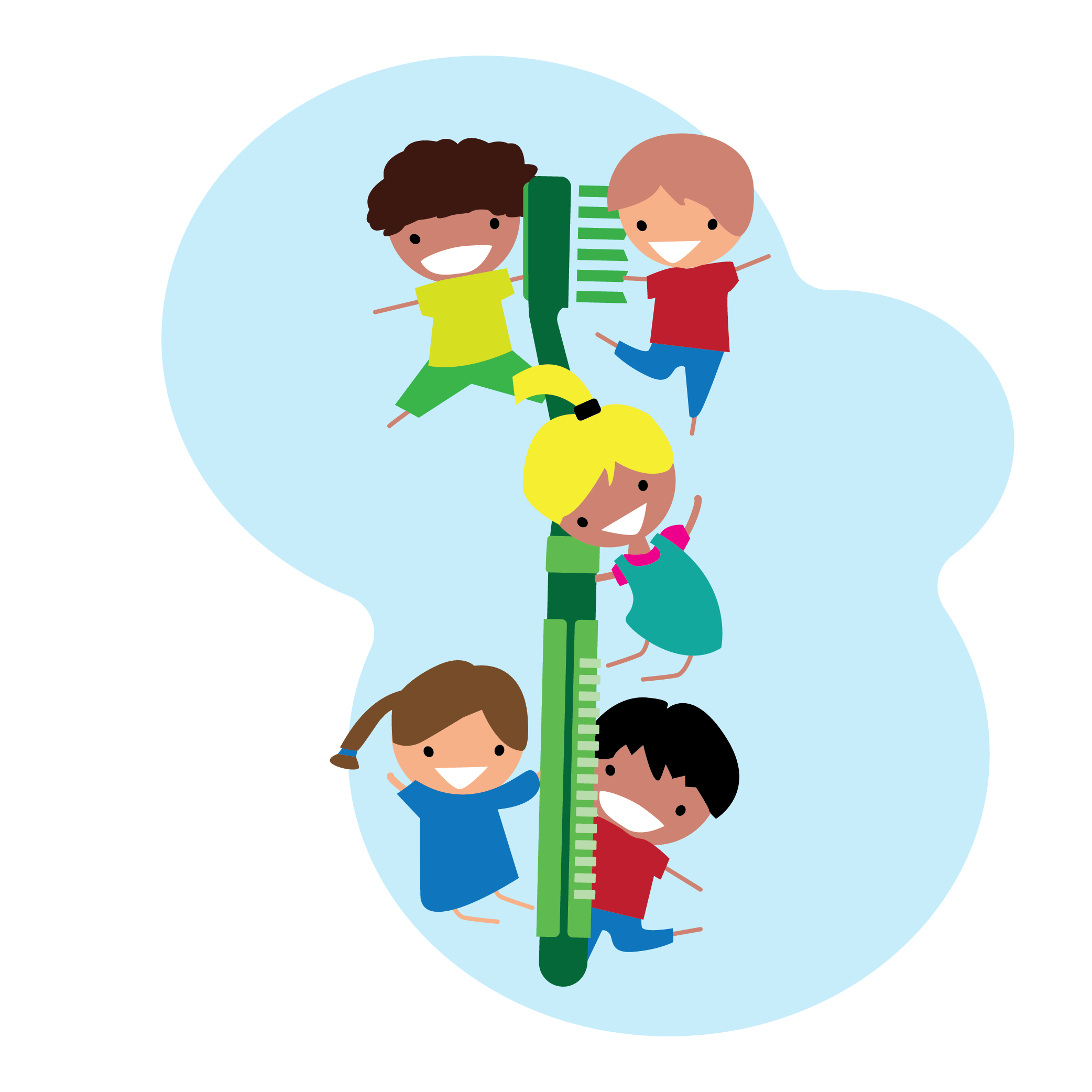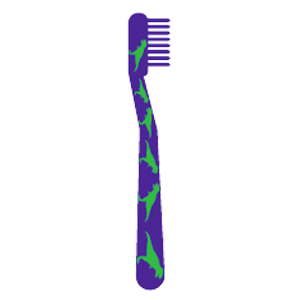
At any age, the best way to avoid cavities and maintain a healthy smile is by brushing, flossing and visiting the dentist regularly. Kids are no exception. Forming good oral health habits early in life will protect your child’s teeth and encourage them to stay committed to a good oral health routine as they get older.
Here is what you should know to provide the best care to your child's smile:
Are baby (primary) teeth important?
Yes. Your child’s baby teeth allow them to eat, speak and smile. In addition, baby teeth create space for your child’s permanent teeth to come in. Damage to baby teeth can cause crowding or misalignment in the permanent teeth.
Once your baby’s first tooth comes in or before their first birthday, be sure to schedule their first trip to the dentist.
Best practices for your child’s teeth:
Brushing—
Infants (before teeth appear): Start cleaning your baby’s mouth early (even before their teeth erupt) by wiping down their gums with a clean, wet washcloth.
From 6 months to 3 years: Once teeth begin to come in, brush them with a small amount (about the size of a grain of rice) of fluoridated toothpaste twice per day.
Three to 6 years: Use a pea-sized amount of fluoridated toothpaste to brush your child's teeth twice a day.
Six years and up: Brush or help your child to brush twice per day with a pea-sized amount of fluoridated toothpaste. Usually once your child is able to tie their shoes, they have the dexterity to brush on their own. Be sure to supervise them so that your child does not use or swallow large amounts of toothpaste.
Flossing—
Until your child has two or more teeth that touch, they are too young to floss. Once more teeth come in, floss between their teeth daily. When your child reaches school age, you can begin to teach them to floss on their own and remind them to do it once each day.
Check out a short video on brushing and flossing for kids here!

Is there anything else I should do to protect my child’s teeth?
Your dentist may recommend fluoride treatments for your child. Professional treatments can begin at age 3, and they are beneficial to both baby and permanent teeth.
Fluoride (like in your toothpaste and tap water) strengthens tooth enamel and reverses enamel breakdown caused by exposure to acid, which can come from certain foods and drinks. In-office fluoride treatments (varnishes) are done by your dentist using a small brush. They are not permanent and can be done multiple times during the year to help prevent tooth decay and cavities.
Once your child’s permanent molars come in, your dentist may recommend sealants. Sealants are thin, semi-permanent plastic coatings that are applied to the biting surfaces of your child’s molars. They work by covering the deep grooves in molars that can be difficult to clean. Sealants are typically placed between the ages of 6 and 12, though some teenagers may also receive them.
If you think your child may need fluoride treatments or sealants, check with your dentist.
*Published:February 10, 2020
Revised: Febraury 1, 2022*
This information in this post is for general educational purposes only and does not warrant or represent any information as related to health as specifically appropriate for you. It is not intended to be medical advice or replace the relationship that you have with your health care providers. You should always seek medical advice on any diagnosis or treatment from a qualified health care provider. The information is provided “as is” without any representations or warranties, express or implied.
Subscribe now
Your address and personal information will be safely stored in our database. We do not share or sell this information with anyone. You can unsubscribe to this subscription at any time.





